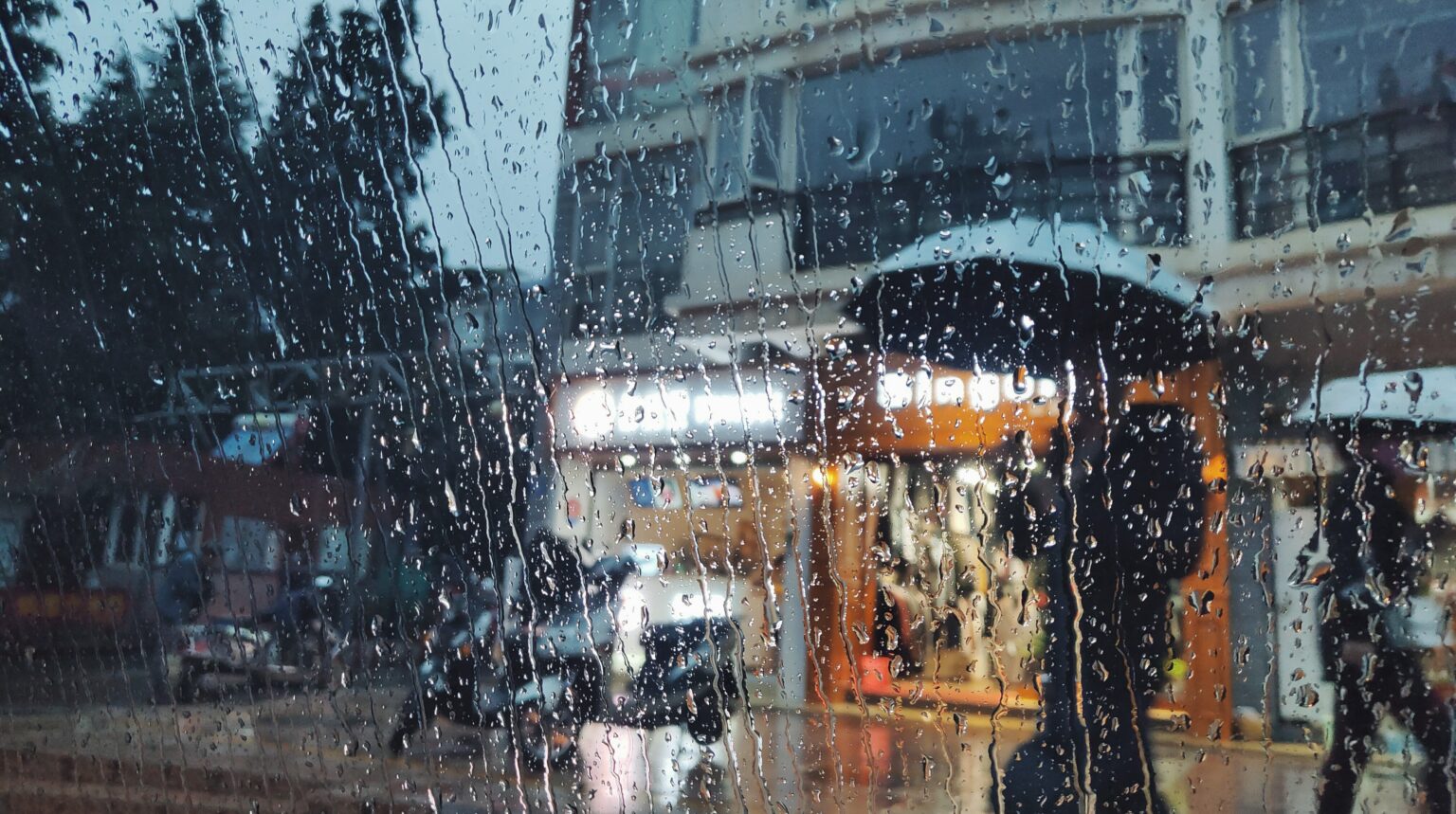To combat climate change, the optimum utilization of resources is paramount. Rainwater harvesting is an activity we’ve learned since school, but somehow, its significance seems lost.
While planet earth is composed of 70% water, only 1% of it is drinkable. According to several reports, by 2030, the water demand will surpass its supply.
Even today, several countries are facing acute drought. In addition, rivers and reservoirs are drying up rapidly in European countries. Under such severe circumstances, harvesting can be utilized in several ways to conserve clean drinkable water.
For instance, 35% of average water is consumed in flushing toilets in a single household. In addition, these numbers hike distinctively in hotels.
Utilizing rainwater for toilet flushing can save a substantial amount of clean water. It can also decrease the load on drainage systems and may reduce the risk of flooding and flash floods – a phenomenon prevailing in most countries.
Furthermore, the more we incorporate harvesting in our lives, the lesser water will be artificially drawn from the environment. Also, it prevents soil erosion from flash floods in regions affected by drought.
In which ways can rainwater be utilized?
The rainwater that falls onto our roofs is free. By conserving it, households, hotels, and several organizations can save an enormous amount of clean water. A rainwater collecting system can substantially reduce the water bill.
In addition, rainwater can be used to water lawns and plants, wash cars, driveways, sidewalks, bathing pets, and refill fountains and ponds. Furthermore, it is safe to use in dishwashers, washing machines, toilets, etc.

Since rainwater is not used for drinking purposes, storing it becomes relatively easy. Harvesting systems do not require expensive technology and installations. A large amount of water can be collected and maintained on the roof.
Given the climate adversities across the globe, clean water can become scarce in the coming years. In urban areas, 90% of rainwater is swept off, due to roads and parking lots. The only way to conserve is to adopt harvesting and utilize it in major activities of our lives and households.













